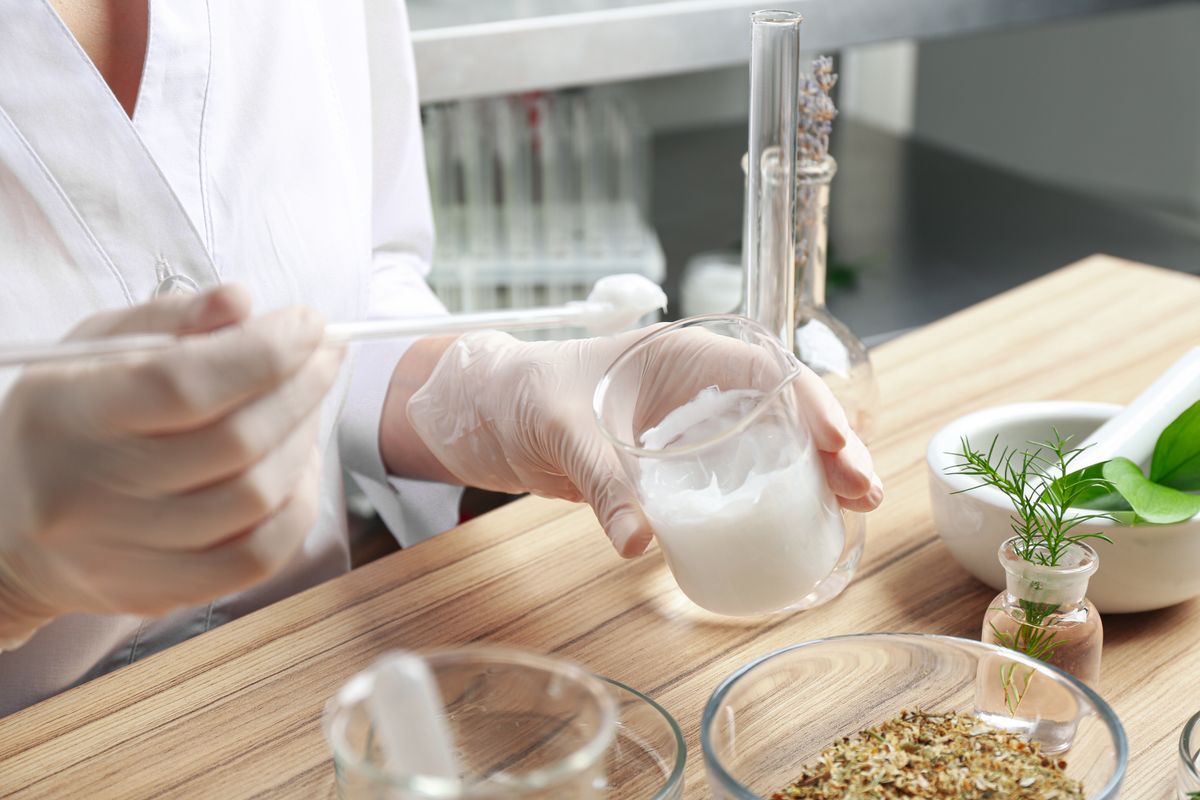High fructose corn syrup (HFCS) has gained notoriety as a widely used sweetener in various food and beverage products. From sodas and juices to candies, sauces, and crackers, HFCS has found its way into numerous items on our grocery store shelves. Its reputation has suffered due to emerging research suggesting potential links to metabolic issues, glucose dysregulation, and obesity. As a result, experts now advise monitoring your consumption of added sugars, including HFCS.
However, HFCS is not the sole culprit when it comes to concerning ingredients in our food. Surprisingly, many of our beloved foods contain other questionable substances, such as artificial sweeteners, food dyes and colorings, and specific types of oils. While these additives may serve purposes like extending shelf life, enhancing flavor, or reducing manufacturing costs for food companies, they don't necessarily promote our well-being. It's best to steer clear of them.
If you're striving to make healthier choices, there are a few simple guidelines to follow. Start by limiting your intake of processed foods, which encompasses items like cereals, crackers, breads, sweets, and deli meats, among others. Additionally, consider replacing sugary beverages, whether they contain actual sugar or substitutes, with water or unsweetened alternatives. By incorporating more fruits, vegetables, lean proteins, and minimally processed whole grains into your diet, you're taking positive steps toward safeguarding your health.
When uncertain about the ingredients in a food package, it's advisable to avoid the following 12 substances that are even more problematic than high fructose corn syrup.
Unmasking the Truth: A Closer Look at 12 Troublesome Ingredients
1) Partially Hydrogenated Oil (PHOs):

Partially hydrogenated oils (PHOs) were once considered a common ingredient but have been deemed unsafe by the FDA. However, they may still be present in products manufactured before the FDA's cut-off date. PHOs are often used as a cost-effective alternative to butter and lard, providing extended shelf life and enhancing flavor. The concern lies in their contribution to trans fats, which have been linked to cardiovascular disease, weight gain, and diabetes. It's important to minimize your consumption of PHOs until they are phased out entirely.
2) Aspartame:

Aspartame, an intense sugar substitute, is approximately 180-200 times sweeter than table sugar. Widely used in beverages and "diet" products, aspartame remains a topic of controversy. Studies have suggested potential links between aspartame consumption and the development of diabetes, obesity, glucose and insulin intolerance, and alterations in the gut microbiota. There is also some research indicating associations with mood disorders and depression. To avoid potential risks, consider opting for safer alternatives like stevia or monk fruit as zero-calorie sweeteners.
3) Sodium Nitrite:
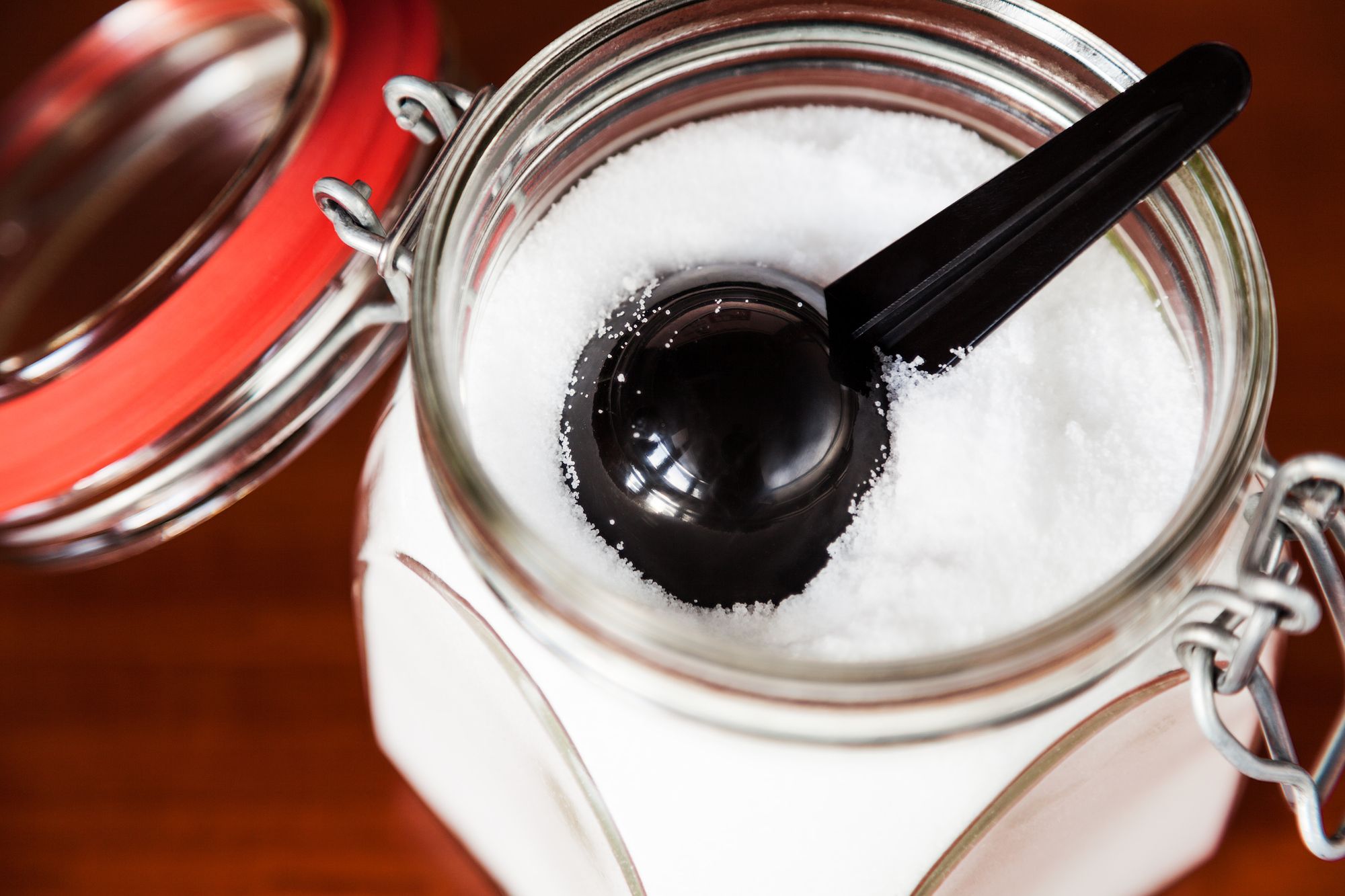
Sodium nitrite is a common food preservative found primarily in processed and cured meats such as deli meats and jerky. While naturally occurring nitrates in vegetables are generally safe, synthetic sodium nitrite used in processed foods has been associated with an increased risk of cancer development. It's essential to note that the health risks are specific to synthetic sodium nitrite and not naturally occurring nitrates. To minimize your exposure, look for nitrite-free options when choosing processed meats.
4) Red No. 3:
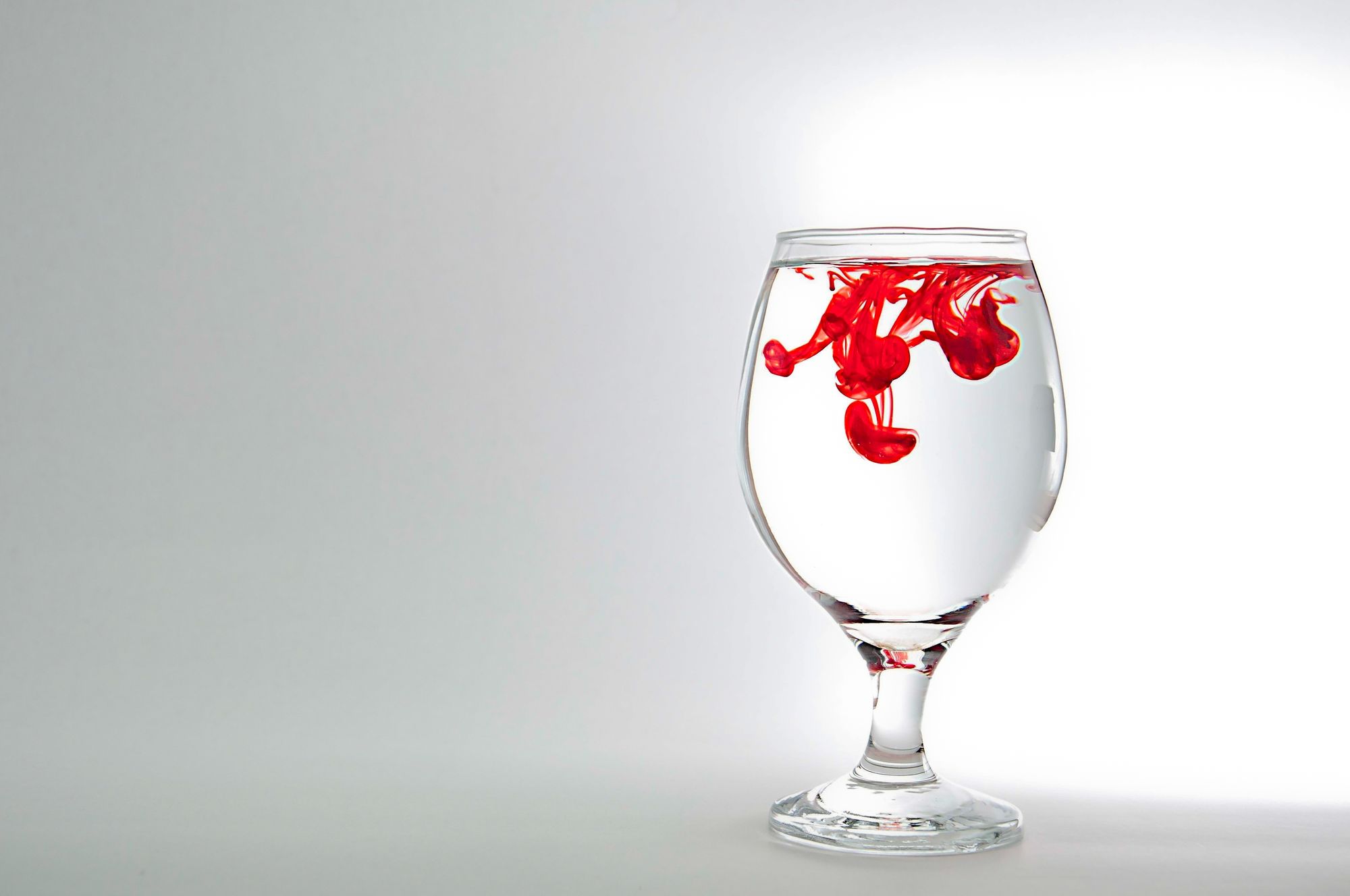
Red No. 3 is a food coloring that has been banned from cosmetics due to health concerns. Research conducted on rats has shown a higher incidence of thyroid tumors among those administered Red No. 3. Many food dyes and colorings have been associated with adverse health effects. While these colorings enhance the visual appeal of processed foods and beverages, it's advisable to reduce your consumption of such items.
5) Caramel Coloring:

Caramel coloring is commonly found in soda, candy, and occasionally in beer and baked goods. The production process often involves the use of ammonia, which can lead to the formation of contaminants linked to cancer in mice. It's crucial to be vigilant and review ingredient lists carefully to identify products that contain this concerning coloring, even in unexpected sources like frozen dinners and lunch meats.
6) Titanium Dioxide:
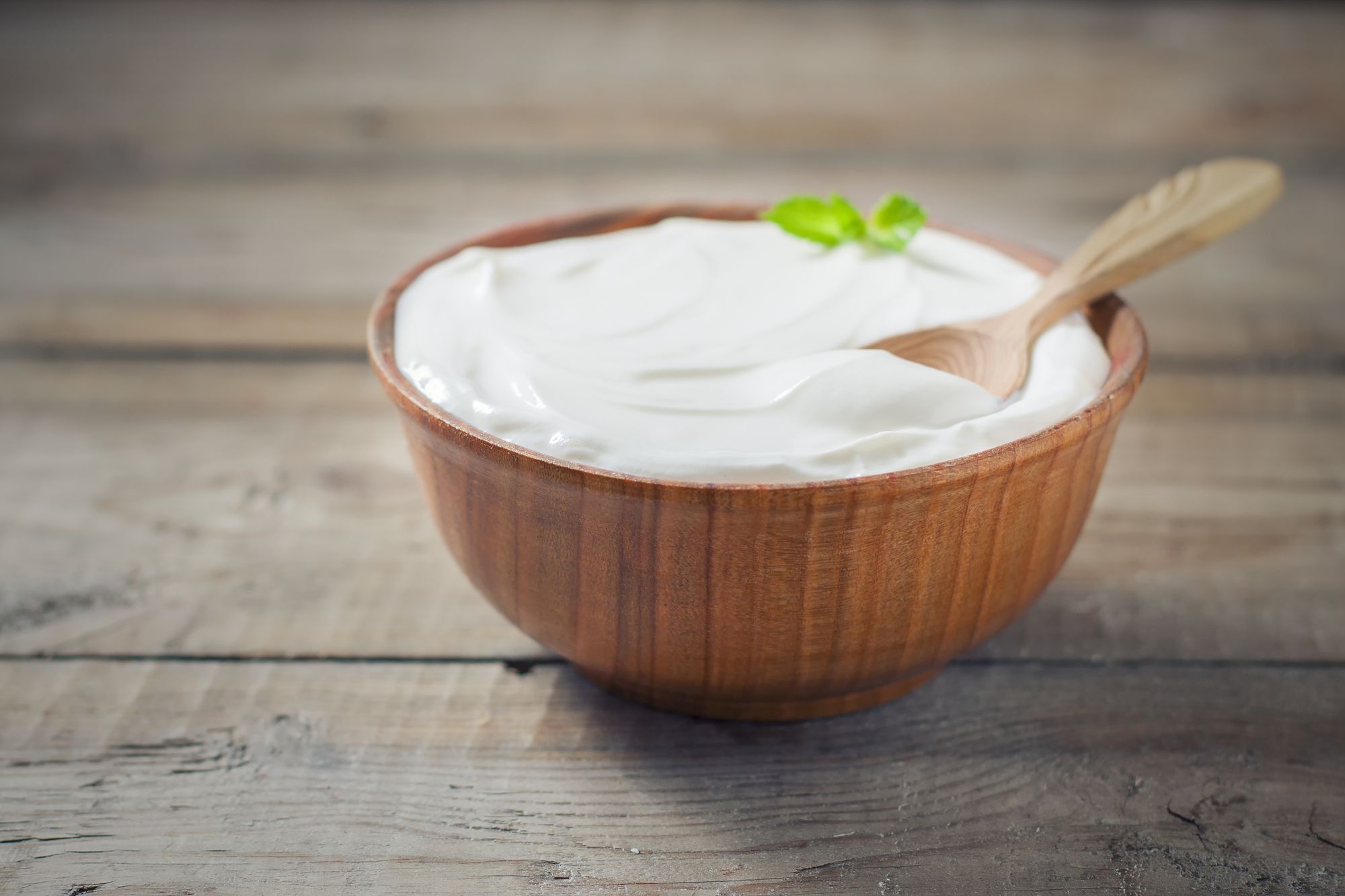
Titanium dioxide is a whitening agent used in food and cosmetics. While the International Agency for Research on Cancer (IARC) classifies inhaled titanium dioxide as "possibly carcinogenic to humans," research regarding its safety as a food additive remains inconclusive. Some studies have suggested potential associations between titanium dioxide and inflammation and neurotoxicity. However, further research is needed to establish a definitive link.
7) BHA & BHT:
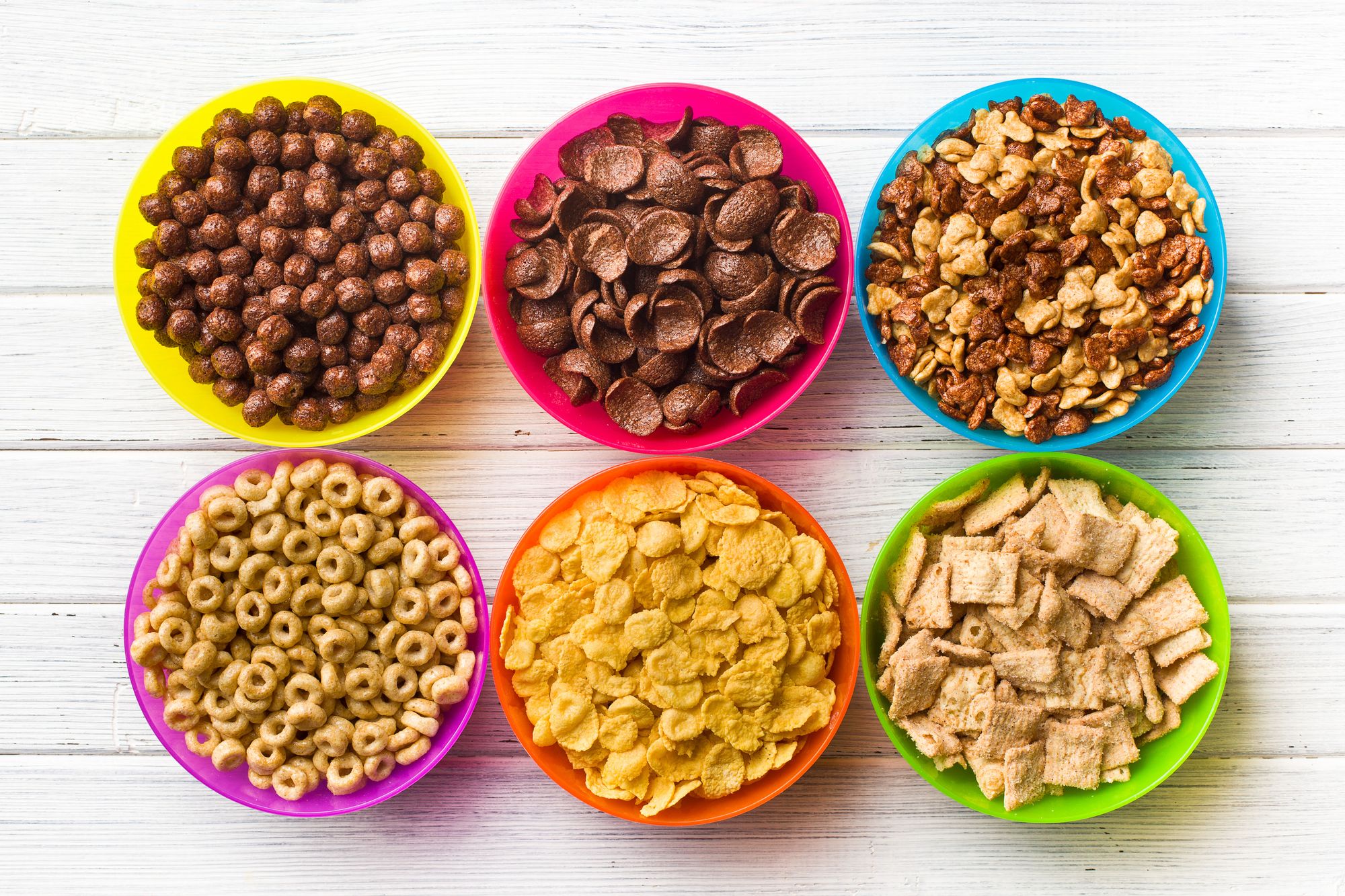
BHA (butylated hydroxyanisole) and BHT (butylated hydroxytoluene) are preservatives commonly added to processed foods. Crackers, cereal, and snack foods with added fat often contain these ingredients. While the FDA considers them safe within specific limits, animal studies have suggested an increased risk of cancer associated with BHA. There is also some research indicating potential disruption of sex hormones caused by BHA and BHT. To avoid these additives, look for products that utilize natural alternatives like vitamin E.
8) Tertiary Butylhydroquinone (TBHQ):
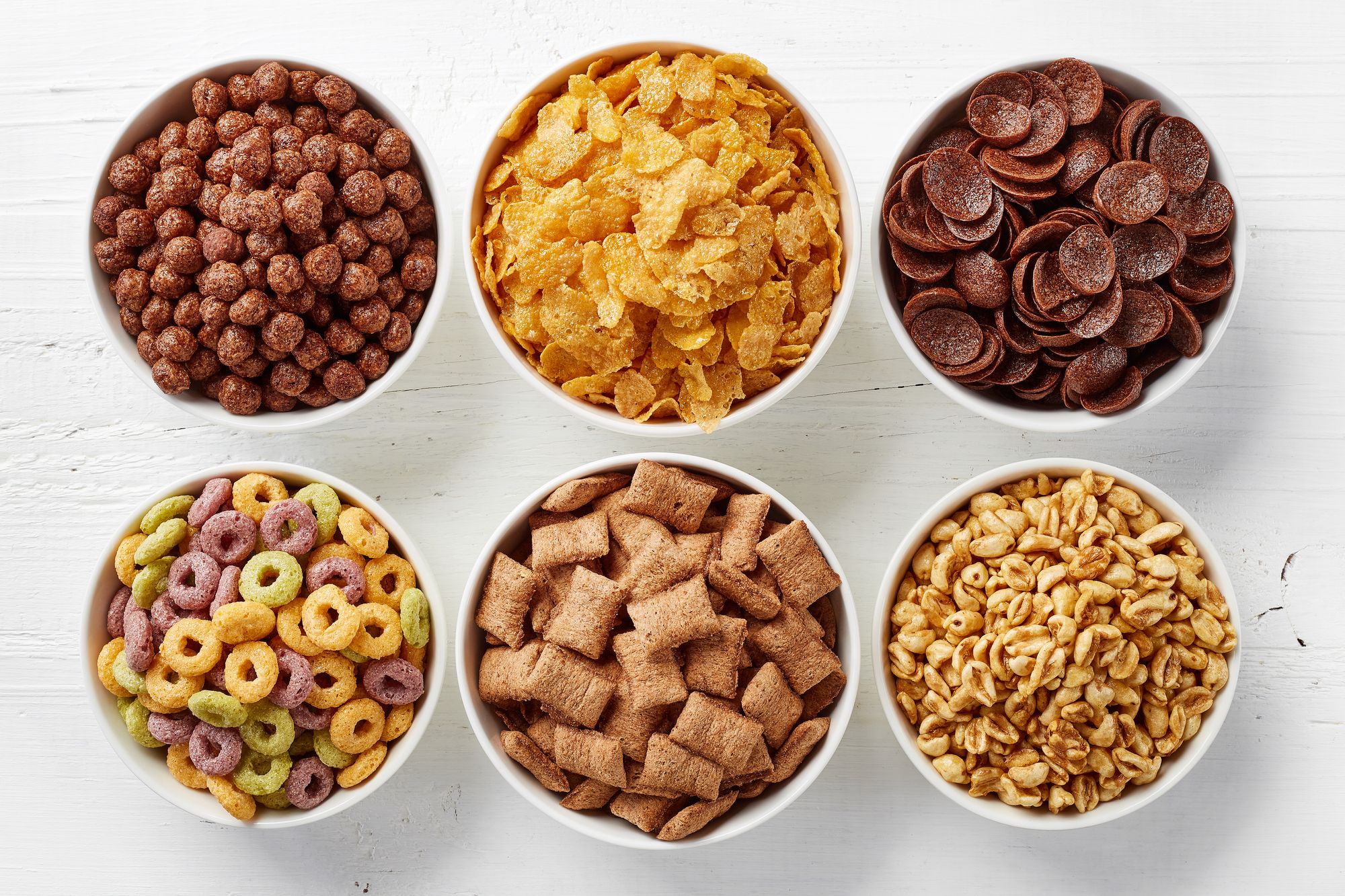
TBHQ is a food preservative used to extend the shelf life of various snacks, cereals, and processed items containing added fat. The Center for Science in the Public Interest (CSPI) advises consumers to avoid TBHQ due to its potential health risks. One study found that TBHQ increased the incidence of tumors in rats. While more research is needed to establish a direct link in humans, it's prudent to minimize consumption of products containing TBHQ.
9) Brominated Vegetable Oil (BVO):
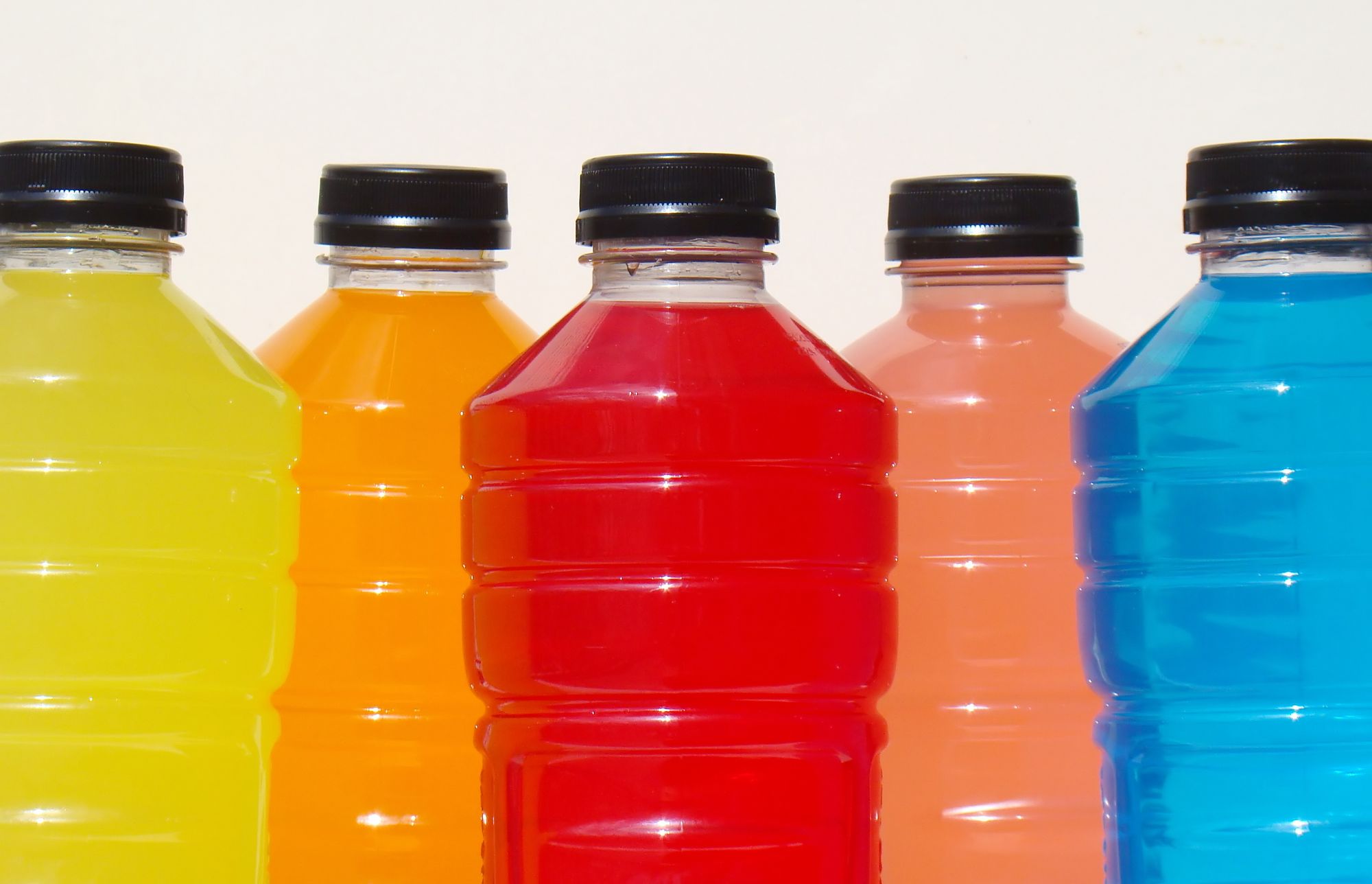
Brominated vegetable oil (BVO) has been used as an emulsifier and clouding agent in certain sodas and sports drinks, though its usage has declined in recent years. The CSPI recommends complete avoidance of BVO due to documented cases of heart lesions, fatty liver changes, and impaired growth and behavioral development. While BVO is banned as a food additive in Europe, it remains on the FDA's list with "interim" status since 1970.
10) Evaporated Cane Juice:

Evaporated cane juice, often marketed as a more natural alternative to sugar or high fructose corn syrup, shares similar nutritional characteristics. Excessive consumption of evaporated cane juice, like other forms of added sugar, may increase the risk of weight gain, type 2 diabetes, and cardiovascular disease. The American Heart Association recommends limiting added sugar intake to specific daily amounts for optimal health.
11) Sodium Phosphate:
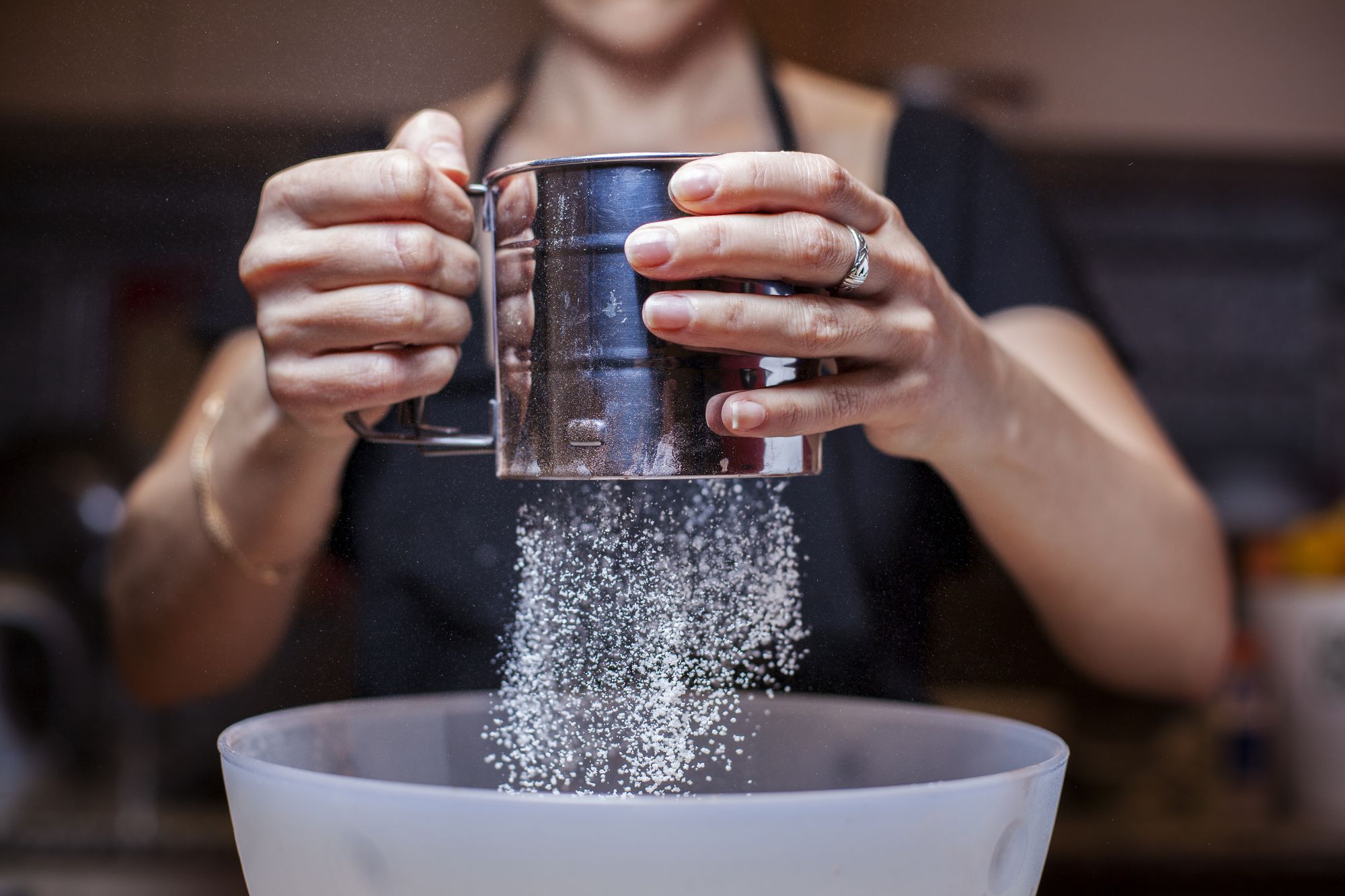
Sodium phosphate serves multiple functions as a food additive. It helps retain moisture in meat products, acts as a leavening agent in cake mixes, and serves as an emulsifier in processed cheeses. While sodium and phosphate are essential nutrients, excessive consumption, particularly when used as a food additive, has been associated with health complications. Research has indicated increased mortality rates, accelerated aging, and vascular damage linked to high phosphate levels.
12) Propyl Gallate:
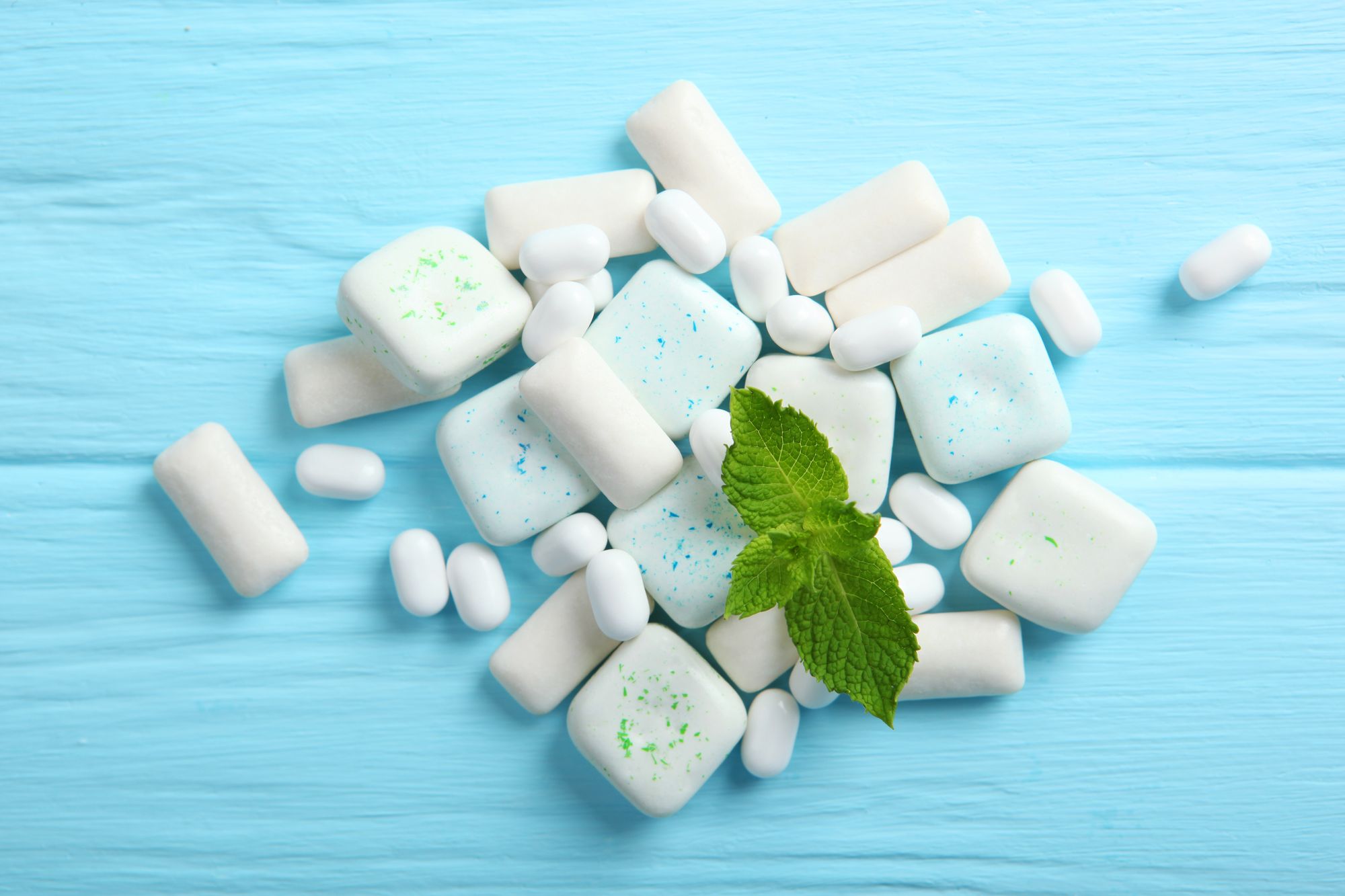
Propyl gallate is often used in conjunction with BHA and BHT as a preservative due to its synergistic effects. However, research suggests that propyl gallate may act as an endocrine disruptor and potential carcinogen. One study found that rats treated with low doses of propyl gallate developed more cancer compared to those in the zero-dose or high-dose groups. This concerning outcome warrants caution. Propyl gallate can be found in various products such as vegetable oil, meat products, and chewing gum.

